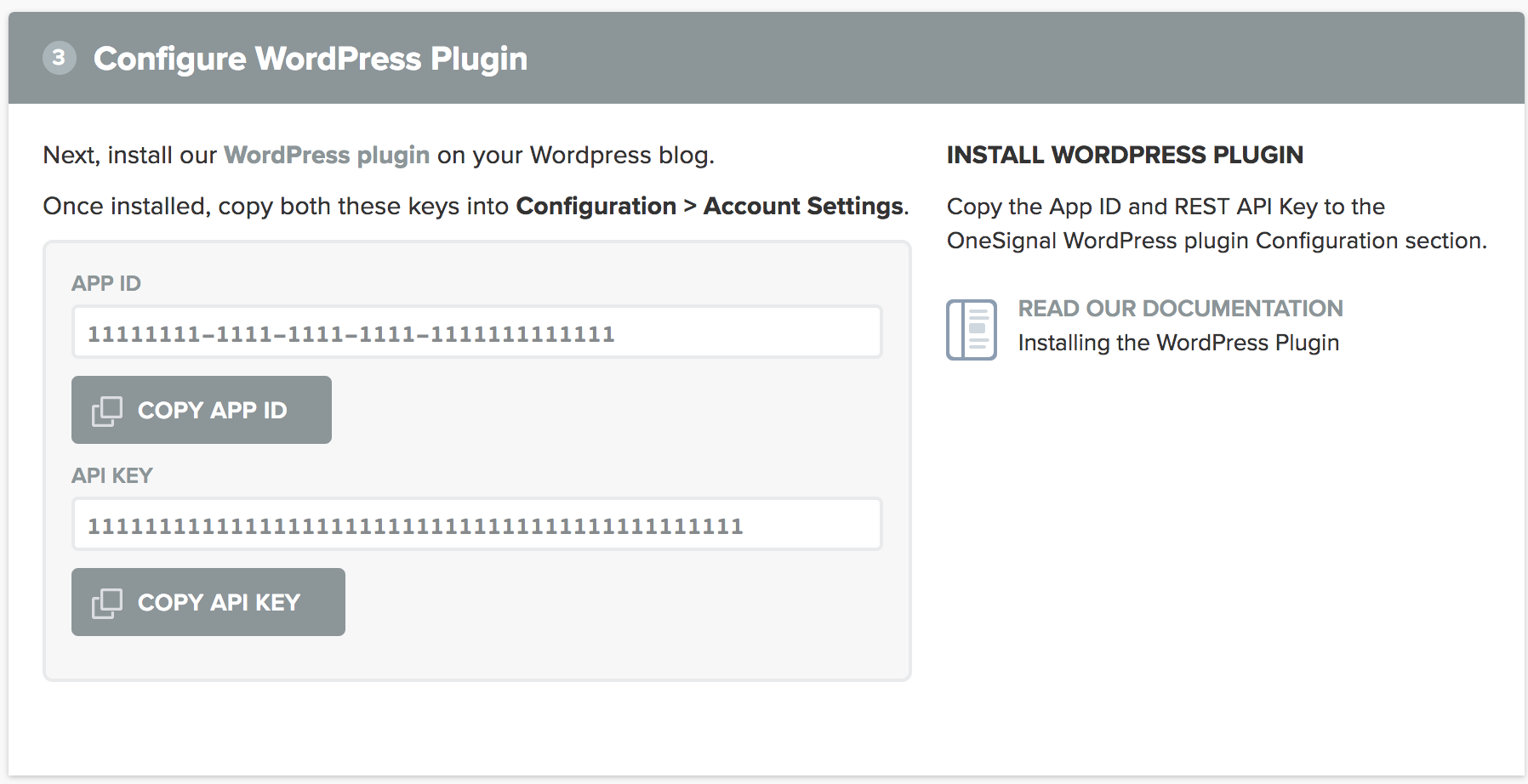Generate Private Key From Pem
Openssl req -newkey rsa:2048 -new -nodes -x509 -days 3650 -keyout key.pem -out cert.pem How to create a PEM file from existing certificate files that form a chain (optional) Remove the password from the Private Key by following the steps listed below: openssl rsa -in server.key -out nopassword.key Note: Enter the pass phrase of the Private Key. Windows - convert a.pem file to a.ppk file. Start PuTTYgen, and then convert the.pem file to a.ppk file. For detailed steps, see Convert Your Private Key Using PuTTYgen. Windows - convert a.ppk file to a.pem file. Start PuTTYgen. For Actions, choose Load, and then navigate to your.ppk file. Choose the.ppk file, and then choose Open.
- Openssl Generate Private Key From Pem File
- Generate Private Key From Pem Bank
- Generate Private Key From Pem Key
.pem SSL Creation Instructions
SSL .pem files (concatenated certificate container files), are frequently required for certificate installations when multiple certificates are being imported as one file.
Openssl Generate Private Key From Pem File
This article contains multiple sets of instructions that walk through various .pem file creation scenarios.
Creating a .pem with the Entire SSL Certificate Trust Chain
X is the private key and y is the public key. If you want to create a DSA keypair with openssl, you must first generate the DSA parameters g, p and q as shown in example 3. The Certificate Key Matcher tool makes it easy to determine whether a private key matches or a CSR matches a certificate. The Certificate Key Matcher simply compares a hash of the public key from the private key, the certificate, or the CSR and tells you whether they match or not. The simplest way to check whether a private key and a public key match is to encrypt a piece of data with the public key and see if you can decrypt it with the private key - or alternatively to sign a piece of data with the private key and see if you can verify it with the public key. How generate a private key that matches a public key west. In the Number of bits in a generated key box, enter 2048. Click Generate to generate a public/private key pair. As the key is being generated, move the mouse around the blank area as directed. (Optional) Enter a passphrase for the private key in the Key passphrase box and reenter it in the Confirm passphrase box.
Apr 09, 2020 Then, click Generate API Key to create the key. The API key is generated successfully. You will receive the key details, such as Consumer key, Consumer secret key, and a QRCode. Make sure you copy these keys as the key will no longer be available to copy once you exit the page. You will need to enter these keys to share the WooCommerce data in. Select the User you would like to generate a key for in the dropdown. Select a level of access for this API key — Read access, Write access or Read/Write access. Select Generate API Key, and WooCommerce creates API keys for that user. Now that keys have been generated, you should see Consumer Key and Consumer Secret keys, a QRCode, and a Revoke API Key button. 

- Log into your DigiCert Management Console and download your Intermediate (DigiCertCA.crt), Root (TrustedRoot.crt), and Primary Certificates (your_domain_name.crt).
Open a text editor (such as wordpad) and paste the entire body of each certificate into one text file in the following order:
- The Primary Certificate - your_domain_name.crt
- The Intermediate Certificate - DigiCertCA.crt
- The Root Certificate - TrustedRoot.crt
Make sure to include the beginning and end tags on each certificate. The result should look like this:
-----BEGIN CERTIFICATE-----
(Your Primary SSL certificate: your_domain_name.crt)
-----END CERTIFICATE-----
-----BEGIN CERTIFICATE-----
(Your Intermediate certificate: DigiCertCA.crt)
-----END CERTIFICATE-----
-----BEGIN CERTIFICATE-----
(Your Root certificate: TrustedRoot.crt)
-----END CERTIFICATE-----Save the combined file as your_domain_name.pem. The .pem file is now ready to use.
Generate Private Key From Pem Bank
Creating a .pem with the Server and Intermediate Certificates
- Log into your DigiCert Management Console and download your Intermediate (DigiCertCA.crt) and Primary Certificates (your_domain_name.crt).
Open a text editor (such as wordpad) and paste the entire body of each certificate into one text file in the following order:
- The Primary Certificate - your_domain_name.crt
- The Intermediate Certificate - DigiCertCA.crt
Make sure to include the beginning and end tags on each certificate. The result should look like this:
-----BEGIN CERTIFICATE-----
(Your Primary SSL certificate: your_domain_name.crt)
-----END CERTIFICATE-----
-----BEGIN CERTIFICATE-----
(Your Intermediate certificate: DigiCertCA.crt)
-----END CERTIFICATE-----Save the combined file as your_domain_name.pem. The .pem file is now ready to use.
Generate Private Key From Pem Key
Creating a .pem with the Private Key and Entire Trust Chain
- Log into your DigiCert Management Console and download your Intermediate (DigiCertCA.crt) and Primary Certificates (your_domain_name.crt).
Open a text editor (such as wordpad) and paste the entire body of each certificate into one text file in the following order:
- The Private Key - your_domain_name.key
- The Primary Certificate - your_domain_name.crt
- The Intermediate Certificate - DigiCertCA.crt
- The Root Certificate - TrustedRoot.crt
Make sure to include the beginning and end tags on each certificate. The result should look like this:
-----BEGIN RSA PRIVATE KEY-----
(Your Private Key: your_domain_name.key)
-----END RSA PRIVATE KEY-----
-----BEGIN CERTIFICATE-----
(Your Primary SSL certificate: your_domain_name.crt)
-----END CERTIFICATE-----
-----BEGIN CERTIFICATE-----
(Your Intermediate certificate: DigiCertCA.crt)
-----END CERTIFICATE-----
-----BEGIN CERTIFICATE-----
(Your Root certificate: TrustedRoot.crt)
-----END CERTIFICATE-----Save the combined file as your_domain_name.pem. The .pem file is now ready to use.